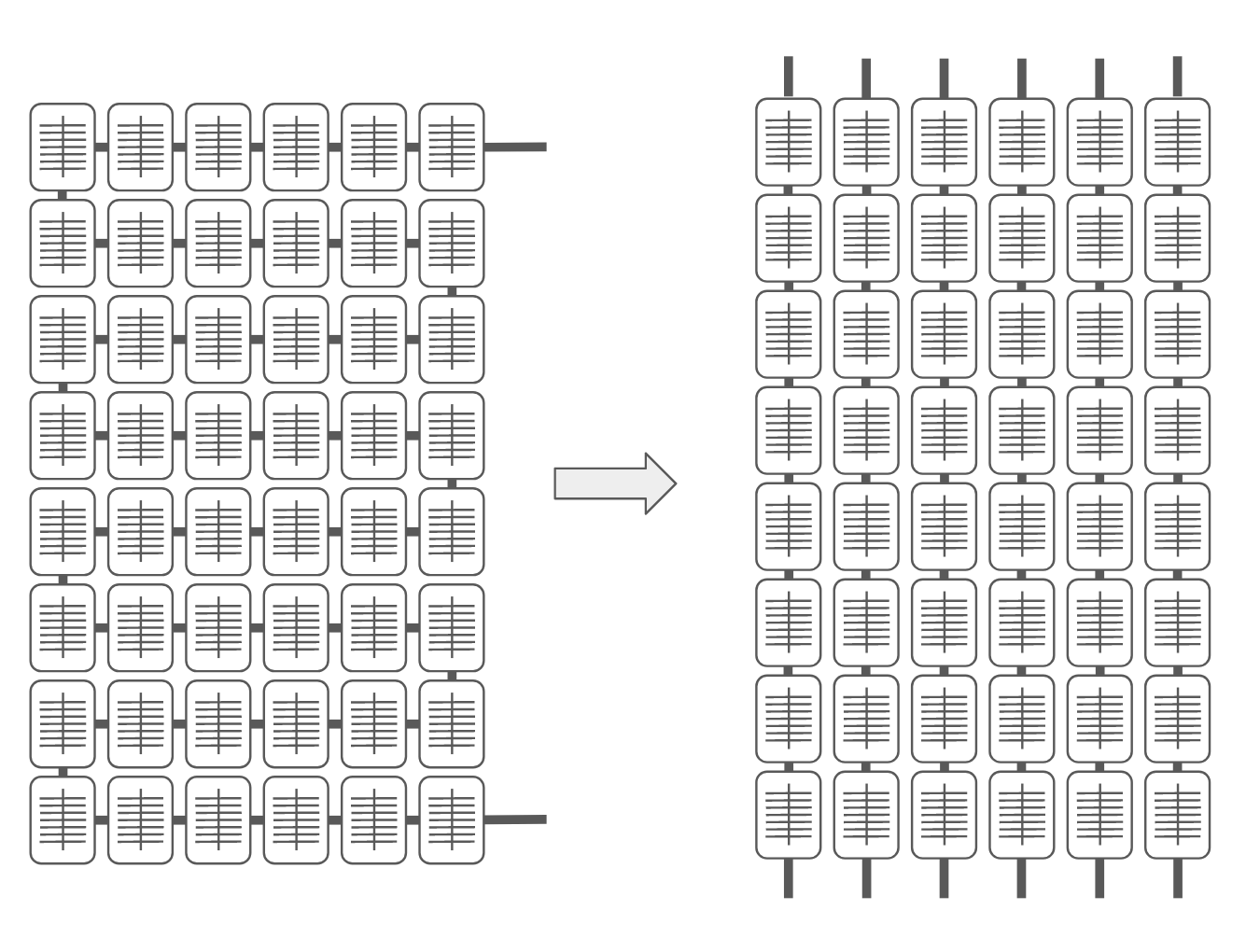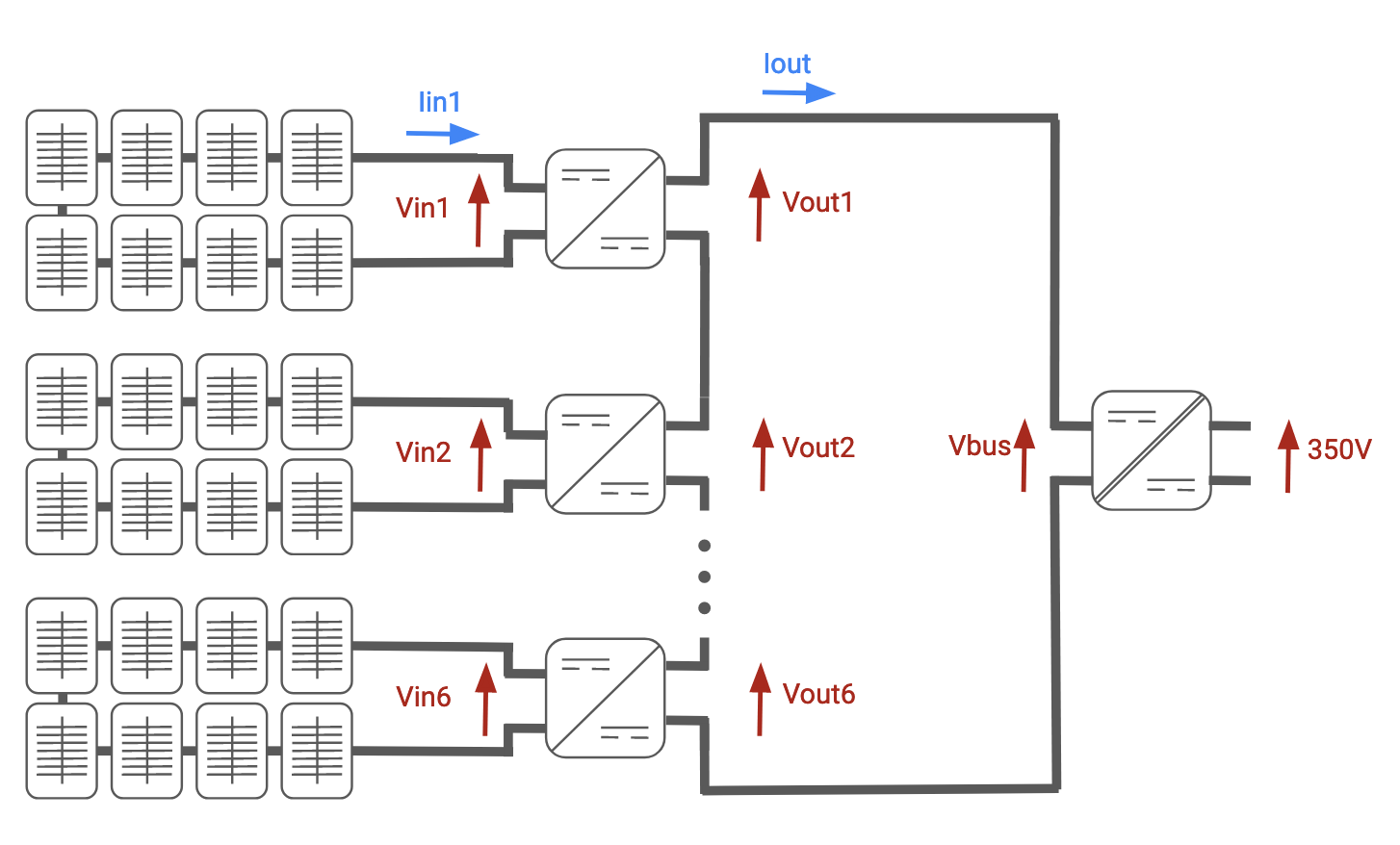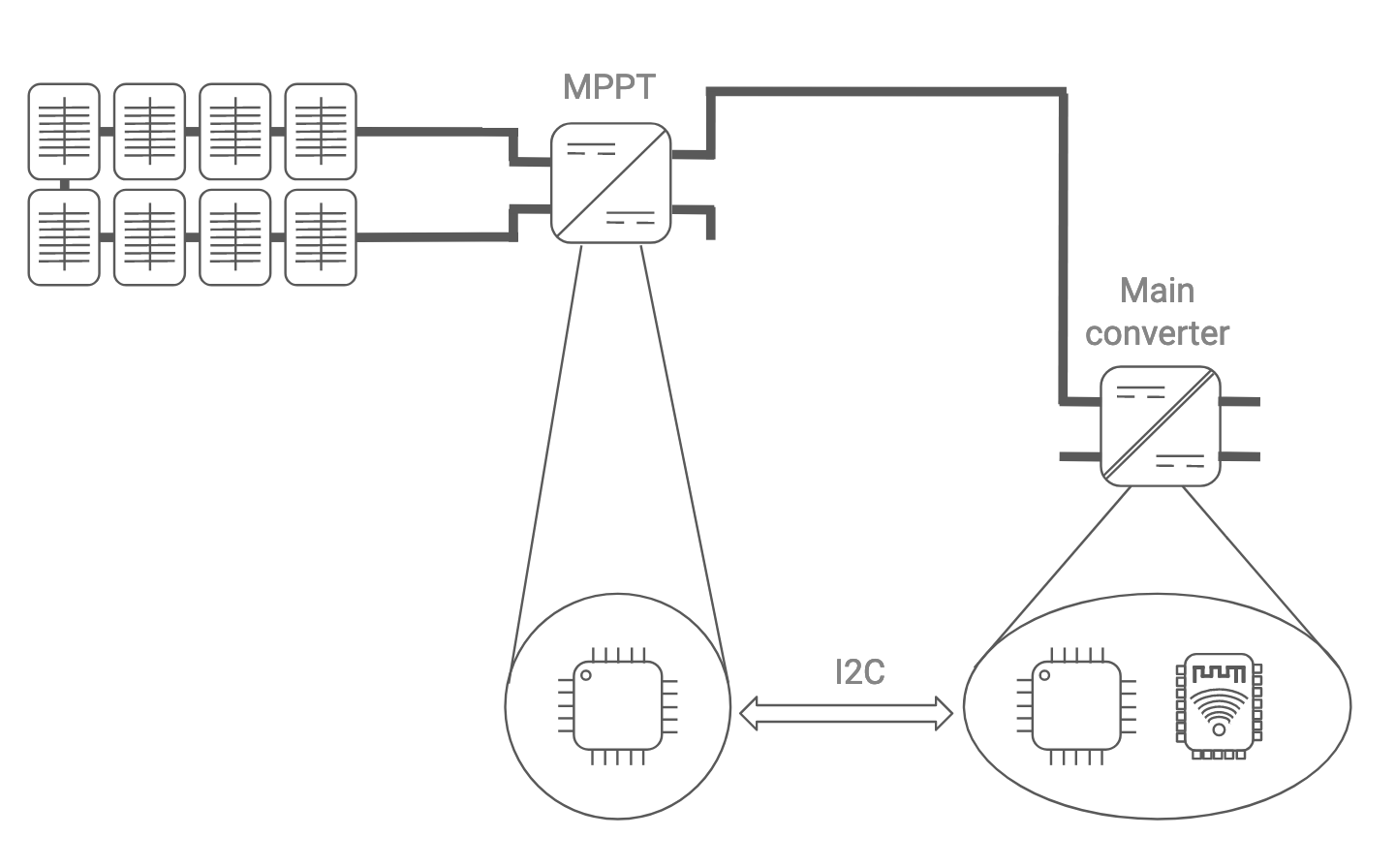How a custom electricity converter is helping create a world-first sailboat

Creating a sailboat that doesn’t use fossil fuels is not an easy mission — but that is what the team behind Sailing Yacht Zero are attempting.
Achieving such a lofty goal is not as simple as, well, just building it. Instead attention needs to be paid to the minutiae of the sailboat, concentrating on all the components that make up the vessel and trying to achieve the highest efficiency from each.
And one of those parts? The converters. These components help raise the renewably generated renewably to a state where it can put onto the electrical circuit powering the boat.
To find out more about why this is so important, how it was developed, and what Sailing Yacht Zero is doing differently, we spoke with Lukas Irazusta from one of our partners, DC Opportunities.
Irazusta has a long history in sustainable energy. He received a degree in Energy Engineering from Mondragon University in Spain, before doing a masters in Sustainable Energy Technology at TU Delft. Currently, he’s a project manager at DC Opportunities, a company that develops next-gen tech for DC microgrids and DC distribution grids.
“We’ve been working with Sailing Yacht Zero for almost two years,” Irazusta says. He continues, telling me so far they've been “developing converters for the photovoltaic (PV) bundles.”
This is a vital — and complex — part of the puzzle in creating a sustainable sailboat.
No walk in the park: Harnessing solar power at sea
If Sailing Yacht Zero is to be fossil-free, then it needs to find other sources of power. While the company has settled on a triad of hydro, solar heat, and solar electricity, today we’re going to be looking at the latter.
“One of the main challenges the boat was facing is that in a traditional PV panel, all the cells are connected in series,” Irazusta says. “Long story short, the issue is shading.”
When solar panels are used in stationary environments, such as buildings, shade on solar panels is, as Irazusta calls it, an inconvenience. But things change when they’re on something that moves constantly, like a boat.
The mast and sails are constantly in motion, casting unpredictable and variable shadows over the solar cells. Sometimes these might be horizontal, other times vertical, diagonal, or spotty — and this makes them hard to account for.
“A solar panel consists of many cells,” Irazusta tells me, “what happens when you shade a single cell, even if it’s only one very small portion of the solar panel, the power generation of the entire panel decreases a lot.”
Effectively, because they’re in a series it “affects the output power of the entire funnel.” This, Irazusta explains, can result in the output power of a panel significantly decreasing even though only a small area is shaded.
It goes without saying that this is unacceptable if the sailboat is going to generate a useful amount of solar power while at sea.
The search for a solar solution
The idea the Sailing Yacht Zero team and its partners settled on was to separate the solar panels into smaller units, as opposed to one large one.
“We basically divided them into six different columns,” Irazusta says. This creates “six independent strings that can operate on their own.”
He continues: “You can think of a PV panel like a watering hose that you use for gardening. If you pinch it at one specific point, water will not only stop running at that place, but also throughout the entire hose. The same happens with a solar panel. If you shade a specific point, you prevent current from flowing throughout the entire series of cells.”
But if you have several strings of solar panels? That means some chains can keep operating at full power while others are shaded.

Here is where the importance of the converters comes in.
When you arrange PV panels in a way outside of the regular pattern and in an unfamiliar environment, you also need to alter how you manage that energy — and this is DC Opportunities’ area of expertise.
Building the boost converters
The benefit of splitting the solar panels into six groups is you’re able to isolate the shaded string, meaning the others can work at maximum power. For this to happen though, you need each of the chains to have their own converter.
“Whereas you usually only have one converter for the entire solar bundle, for the sailboat we have dedicated smaller converters,” Irazusta says. These, he tells me, they’ve made “very efficient and very small” so they can “withdraw the maximum amount of power” from the panels.
To achieve these, DC Opportunities specially developed the converters used on the sailboat.
“Sailing Yacht Zero was interested in doing everything with direct current (DC),” Irazusta says, “solar panels operate in DC” and “most of our loads operate in DC.” On top of that, almost all of our daily tasks involving electricity — such as charging phones, laptops, or running LED lights — use DC.
“So, for the sake of higher efficiency, which is the ultimate goal we want to achieve, the converters we are using are from DC to DC.”
But there was a problem: you can’t just walk into an electronics store and pick something like this up. It needs to be custom made.
Discovering the DC to DC path
Effectively, are two converters connecting the solar panels to the electrical grid of the boat itself.
The first is a maximum power point tracking (MPPT) converter. This is used to ensure the maximum amount of power is withdrawn from the PV panels. The second converters — known as isolated LLC converters — are used as the interface to the DC grid of the boat.
You can see this in the image below:

To begin building them, the team decided on the outcome they wanted. Specifically, the best efficiency, performance, and simplicity.
“We researched on what kind of topologies we could use for the converters,” Irazusta says, “we wanted to figure out what makes the most sense: would it be a step up? Would it be a step down? What kind of characteristics do we need?”
For the MPPT converter, the team researched several different types, going through non-inverting buck-boosts, boost converters, and buck converters, before finally settling on a low-side buck converter.
Irazusta explains why they settled on this particular converter topology: “We’re trying to reduce losses as much as possible, because what happens when you generate losses is you generate heat — and there’s a limited capability to dissipate that heat. So it's very important to make the converter as efficient as possible.”
This is what the low-side buck converter delivers: a balance of efficiency, performance, and simplicity — which is vital for getting as much power from the sun into the yacht as possible.
What’s next for the converters?
The team is currently on the third revision of the MPPT converter and the second of the LLC.
“We are going to make more revisions in the future, with a little bit more system integration in mind,” Irazusta says, “not only looking at the electronic side, but also how this is going to work on the sailboat.”
One of the ways they’re able to achieve this is that each converter has a Wi-Fi module. This allows the team to monitor the state of the converters, including how much power they’re generating and any faults.
“This is a very important tool,” Irazusta says. It helps us “understand the behavior of the converters and determine what changes need to happen for the next revisions.”

Irazusta tells me that while the MPPT converter is “good to go,” there’s still more work to be done on the other.
“We want to achieve soft switching,” he tells me, referring to the technique where a circuit can turn on and off with much lower losses in voltage and current. Another issue they want to address is some minor electromagnetic interference, which can impact data collection and the control they have over the system.
Thankfully, a solution is already being developed: putting the converters next to each other rather than having them stacked.
A bright future
Creating a fossil-free sailboat isn’t something that happens overnight. Instead, to do it right, it’s an intensive, focused process that brings together experts from all over the world.
Without dedication to small details and innovative solutions to brand-new problems, Sailing Yacht Zero won’t hit the seas. Thankfully, it has those attributes in spades.
Make sure you subscribe and follow the updates — there’s a lot more exciting developments to keep track of on this journey for the world’s first sailboat powered entirely by renewable energy.